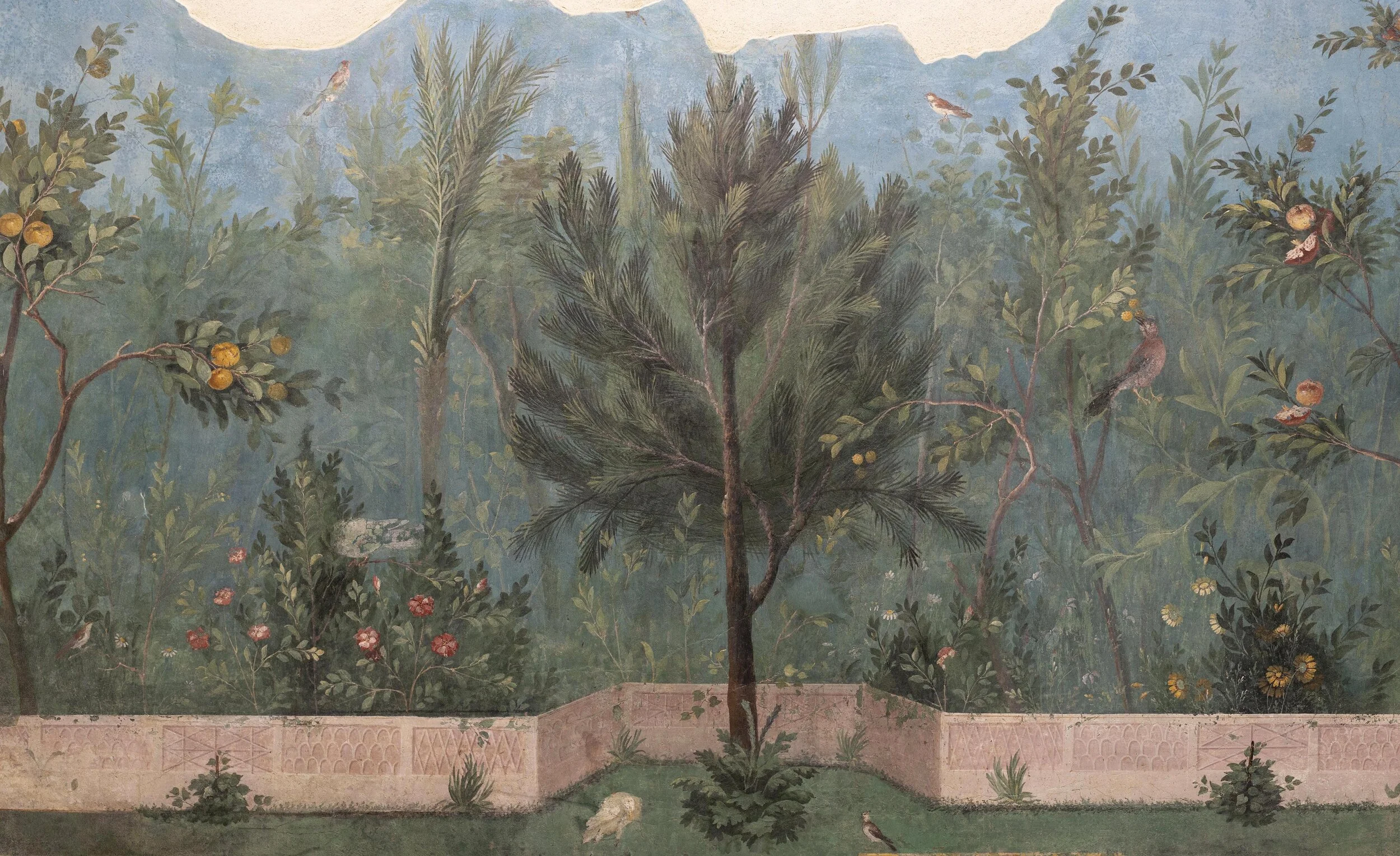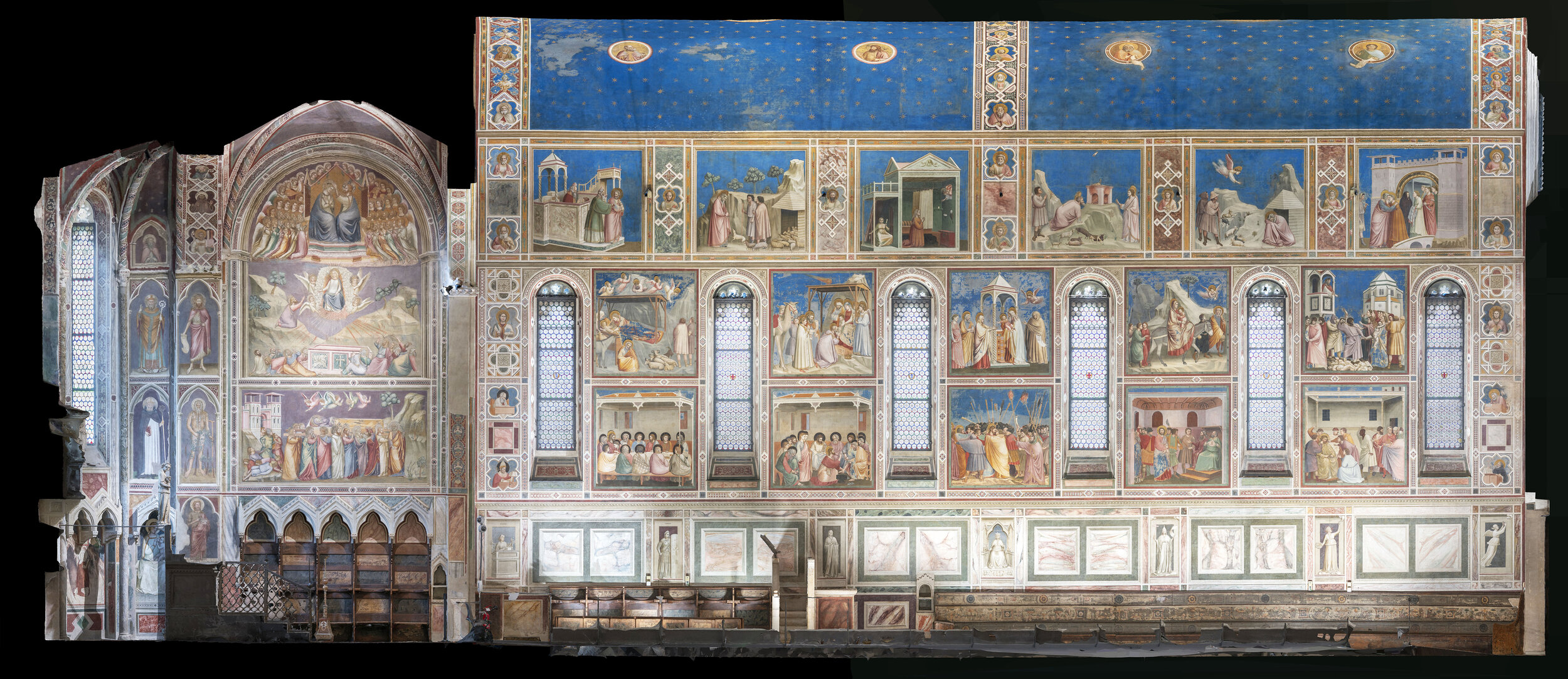Immersive EdTech Platform: Renaissance VR
Longitudinal section of the Scrovegni Chapel in Padova derived from the 3D scan.
The Product: A VR learning platform allowing users to inspect high-fidelity photogrammetric scans of massive architectural sites at eye-level.
Key Feature – 'Virtual Scaffolding': Solved a critical user constraint (the physical inaccessibility of ceiling frescoes) by designing a custom "Virtual Scaffolding" locomotion system. This feature allows users to navigate vertically through the space, providing 1:1 scale inspection impossible in the real world.
Design, Development & Validation:
Tech Stack: Photogrammetry, Unity, Meta Quest 2 VR headsets.
User Acceptance Testing: Conducted iterative testing cycles with 50+ beta users (students), using feedback to refine the UI and navigation mechanics before final deployment in a live curriculum.
This was the first time these spaces (or any art historical space) were photo-realistically 3D scanned and made publicly available for educational purposes as a true virtual environment.
Recording of a talk presented in spring 2019 as part of the ‘supercomputing for everyone’ series at IU.
Virtual Visits
Users can follow a guided tour by Dr.s Steven Zucker and Beth Harris of SmartHistory, or explore each virtual space at their own pace, spending as much time as they like in front of scenes or objects of interest.
Additional tours focusing on a variety of subjects, such as social and political context, architecture, and philosophy, will be added.
True-to-life
The virtual environments are accurate in scale and color to their real-world counterparts. When using a virtual reality headset, the user feels as though they are physically standing in the tall and narrow Brancacci Chapel, or immersed in the kaleidoscopic polychromy of the Capella Scrovegni.


